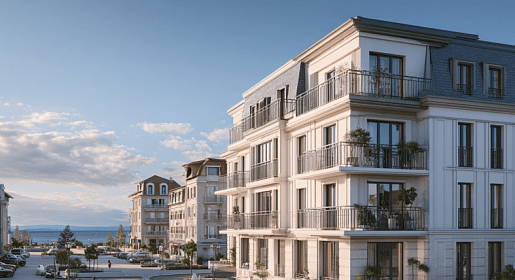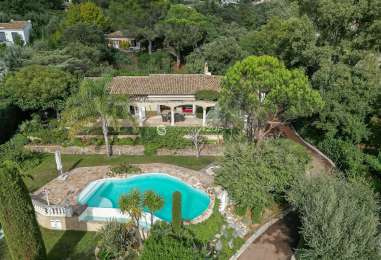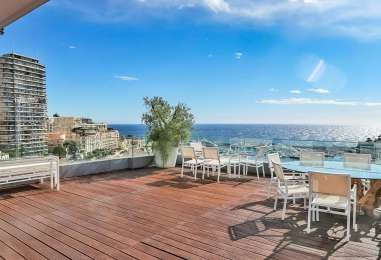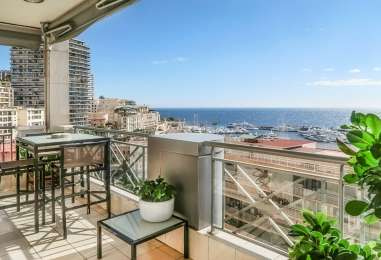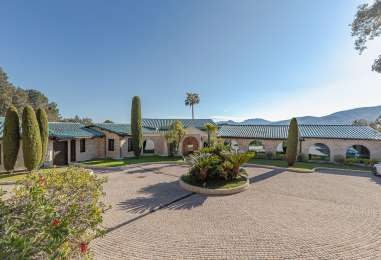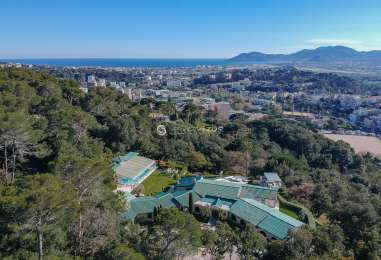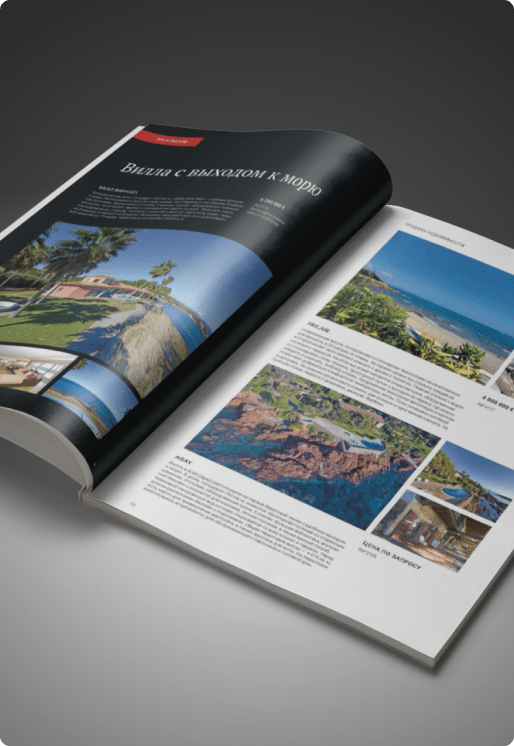Introduction
The process of buying land in the French Riviera, while sharing commonalities with general real estate transactions, presents unique elements that demand special attention. This guide aims to illuminate these nuances, assisting in your informed decision-making process.
The Purchase Agreement
Engaging in a land purchase begins with the Purchase Agreement (FR: Compromis de Vente), a formal agreement outlining the sale's terms and conditions. This document encompasses details of the land's attributes and conditions, such as zoning requirements and planning permissions. Financially, a deposit, typically 5-10% of the sale price, is requisite, and registration fees, usually about 7-8% of the land's value, are added to the notary expenses.
Land Acquisition Options
Isolated Land Plots
These plots offer autonomy in design, yet require significant planning and administrative efforts. It is advisable to conduct soil and environmental assessments to gauge the land's suitability. Employing a qualified land surveyor is often essential to establish clear plot boundaries, as enforced by local regulations.
Building Land in Housing Developments (FR: Lotissement)
Such parcels come with essential utilities, easing the initial construction process. However, buyers must adhere to specific building and maintenance guidelines and be aware of subdivision rules and restrictions.
Zoning Regulations and Land Usage
Zoning regulations are crucial in the French Riviera, impacting land use, development potential, and property value. They preserve the region's aesthetic and cultural integrity.
Coefficient of Land Occupation (Coefficient d’Occupation du Sol, COS)
The COS is a critical metric dictating the extent of permissible development on a land plot. For example, a COS of 0.3 on a 1000 square meter plot restricts construction to 30% of the land area. This metric varies across different zones, influencing development capacities and density.
Net Floor Area (Surface hors oeuvre nette, SHON)
SHON, or 'Net Usable Floor Area', is crucial in determining the maximum allowable building size on a land plot, focusing on usable internal space and excluding areas like walls and technical spaces. For instance, on an 800m² site, a COS of 0.25 allows 200m² of SHON.
Local Urban Plan (Plan Local d'Urbanisme, PLU)
The PLU establishes a development plan and general planning rules for the commune or inter-communal area. It divides the area into four zones:
- Zone U: Existing development areas where new construction is permitted, typically with existing or planned infrastructure.
- Zone AU: Future development areas, either with available infrastructure or where it is planned.
- Zone A: Agricultural areas where only agricultural-related construction is permitted.
- Zone N: Protected areas where no new construction is allowed due to historical, ecological, or environmental sensitivity.
The PLU sets out general planning rules within each zone regarding change of use, building heights, arrangement, architectural requirements, and public utilities. It also establishes the maximum permitted development density (COS) and specific rules for lotissements (housing developments) outlined in a cahier de charges.
The PLU provides information on public spaces, utilities, natural parks, major infrastructure, historic sites, and monuments. It identifies major risk constraints, including flooding and ground movement, outlined in risk prevention plans (Plan de Prévention des Risques - PRR). In case of conflict, the PRR takes precedence over the PLU.
Urbanism Certificates ("Certificats d'urbanisme")
Urbanism certificates are vital documents in French real estate and land development, issued by municipal authorities to provide information on the legal and planning status of a piece of land. These certificates are not planning permissions but serve as an 'in principle' planning consent, offering insights into the development potential of a property. There are two main types:
Simplified (Informative) Urbanism Certificate (FR: Certificat d’Urbanisme d'Information):
This certificate provides general information about the planning and legal constraints of a land parcel, crucial for understanding the basic legal framework. It includes details on applicable planning rules, building zoning confirmations, administrative limitations (such as preservation orders or rights of pre-emption), public service easements, and is typically valid for 18 months, offering a solid timeframe for decision-making.
Detailed (Operational) Urbanism Certificate (FR: Certificat d’Urbanisme Opérationnel):
More comprehensive, this certificate includes all information from the informative certificate and adds detailed insights about the feasibility of specific projects. It is particularly valuable for buyers with a concrete project in mind, covering aspects such as potential utility connections, detailed feasibility analysis in line with current planning rules, additional requirements or constraints for the proposed development, and special consents needed for land division. This certificate also has an 18-month validity, with the possibility of an extension for another year, subject to unchanged planning rules and services requirements.
Importance in Property Transactions
These certificates play a critical role in assessing potential risks and legal constraints in property transactions. They are instrumental in mitigating risks, especially for new constructions or major reconstructions, by providing insights into the feasibility of development plans before finalizing purchases. While these certificates offer initial guidance, they do not replace formal planning permission and lack the comprehensive detail and third-party opposition rights found in formal approvals. The detail provided in operational certificates can vary, often being less specific in rural areas with looser planning constraints, highlighting the importance of a thorough understanding of local planning norms.
Special Considerations for Coastal Properties
the Loi Littoral (French Coastal Law) of 1986 is a major document that regulates the specifics of coastal construction in France. It sets forth important provisions regarding construction restrictions, building density limits, public access, protection of natural spaces, and environmental impact assessments in coastal areas, aiming to protect and preserve the coastline's environment and landscapes.
There are three major aspects to consider:
- Proximity Restrictions: These regulations, aimed at environmental protection and erosion control, typically mandate that buildings must be situated at least 100 meters from the upper limit of the shoreline or the highest water levels for inland water bodies. Specific distances can vary by region and local laws.
- Public Access: To preserve public access to beaches, a 3-meter-wide right of way, known as "le chemin des douaniers," is often reserved for pedestrian traffic. This access strip may run parallel or perpendicular to the shoreline, impacting property layouts. Exemptions apply to properties built before January 1, 1976, with boundary walls.
- Building Material and Height Restrictions: Coastal areas prioritize environmental and aesthetic concerns. Regulations may dictate the use of specific materials and impose height limits to maintain the natural beauty, views, and ecological integrity of the shoreline. These restrictions are outlined in local urban plans
Conclusion
Navigating the complexities of land acquisition in the French Riviera requires careful consideration of numerous key factors. By focusing on these essential aspects, you are positioned to make well-informed decisions.
Our team is ready to conduct a personalized search based on your individual requests and ideas, ensuring you find a property that meets your specific criteria in this sought-after region. For those with specific requirements, we invite you to contact us directly.
Please browse through the selection of land properties in our catalogue.




